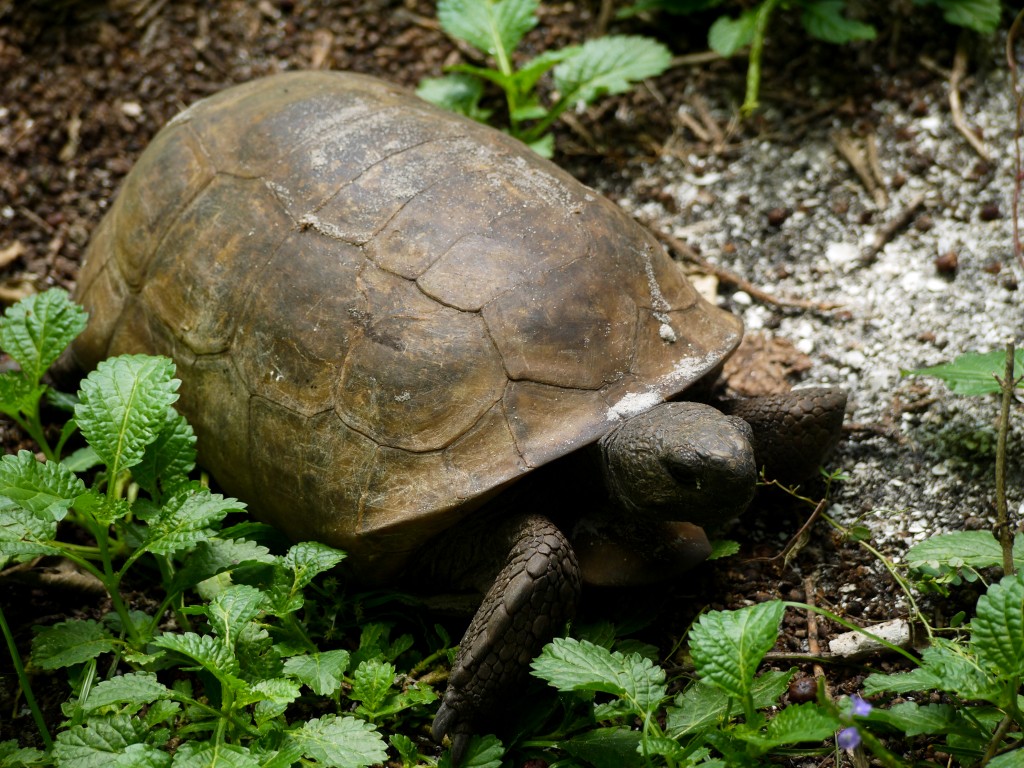We arrived at Fort De Soto Park’s campground just before sundown, as an evening thunderstorm prepared to pass over us. The campsite that we shared with my fiance Brian’s family looked out onto shallow grass flats, the same grass flats I waded through in my previous blog post. Wading birds were everywhere along the shore, and terns screeched back and forth to each other over the water. It took merely minutes to see my first life bird of my week-long Florida vacation.
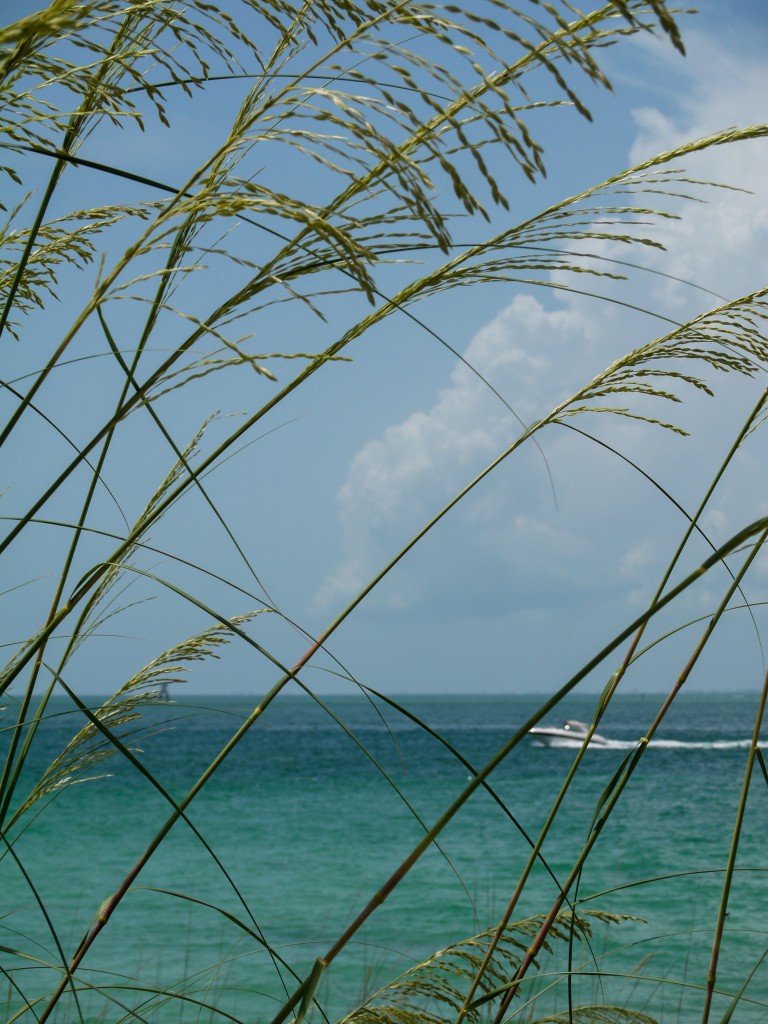
The tide was retreating, leaving yards of mud between water and the grass of dry ground. Snowy Egrets with their bright yellow feet, gregarious Great Egrets, and giant Great Blue Herons fished along the shore. Though I had seen those species before, it was rare that I saw them in such close proximity and with plenty of time to observe them. The Snowy Egrets shook their bright feet through the mud, kicking up small crustaceans that they quickly snapped up in their bills.

I was watching some of the birds closer to the campsite when I heard someone call my name. Brian was fishing in the flats and he was gesturing wildly for me to bring my camera to the edge of the water. Jogging lightly, I looked in the direction he was pointing, and my eyes widened. A Roseate Spoonbill was swishing its strange, flat face through the water right there in front of me, the first one I had ever seen outside of a zoo! They really are amazing birds, and oh-so-pink. It’s a creature that makes me marvel at nature and its variations all over again.

I could see Ospreys, egrets, terns, herons, and ibises without moving from our small campsite, but what’s the fun of being in a natural place without exploring? When my fiance’s brothers and sisters visited Fort De Soto, we had an opportunity to take their boat out to the Egmont Key National Wildlife Refuge, and we took it. A former military site, the island now protects nesting terns and many other bird species, in addition to preserving the historic military structures and small lighthouse.
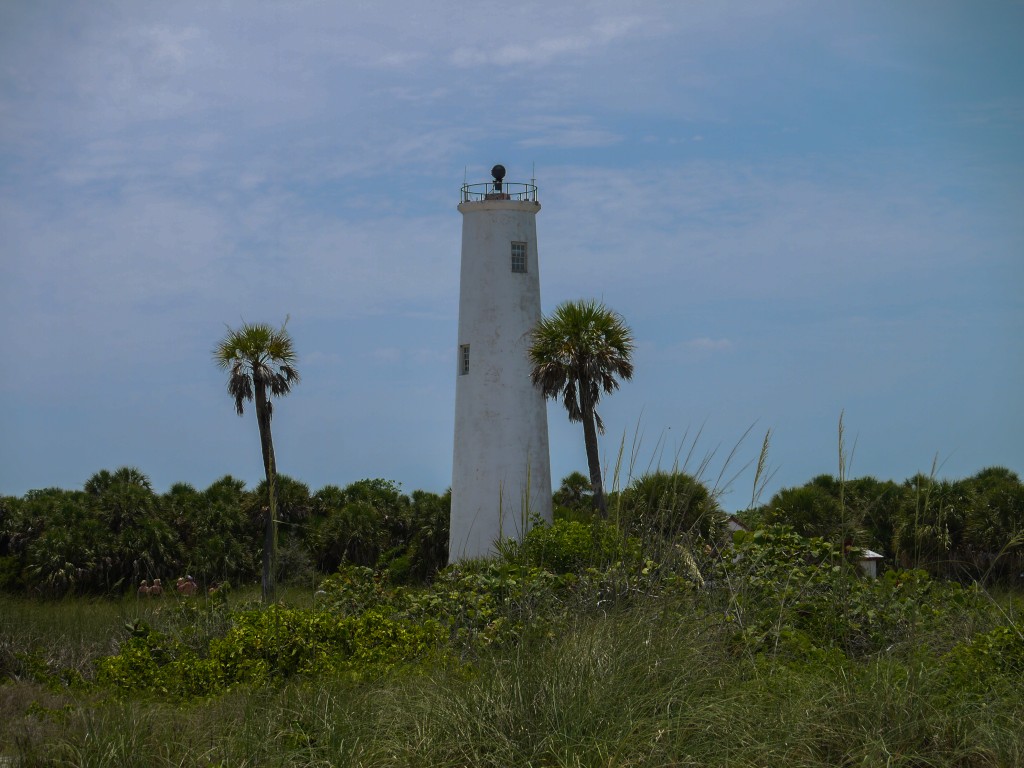
As we motored up to the key, I was struck by the bright blue color of the water surrounding the white sand beaches. You just don’t have that turquoise color in New England, and when I set eyes on it during my travels it’s nearly impossible for me to look away.
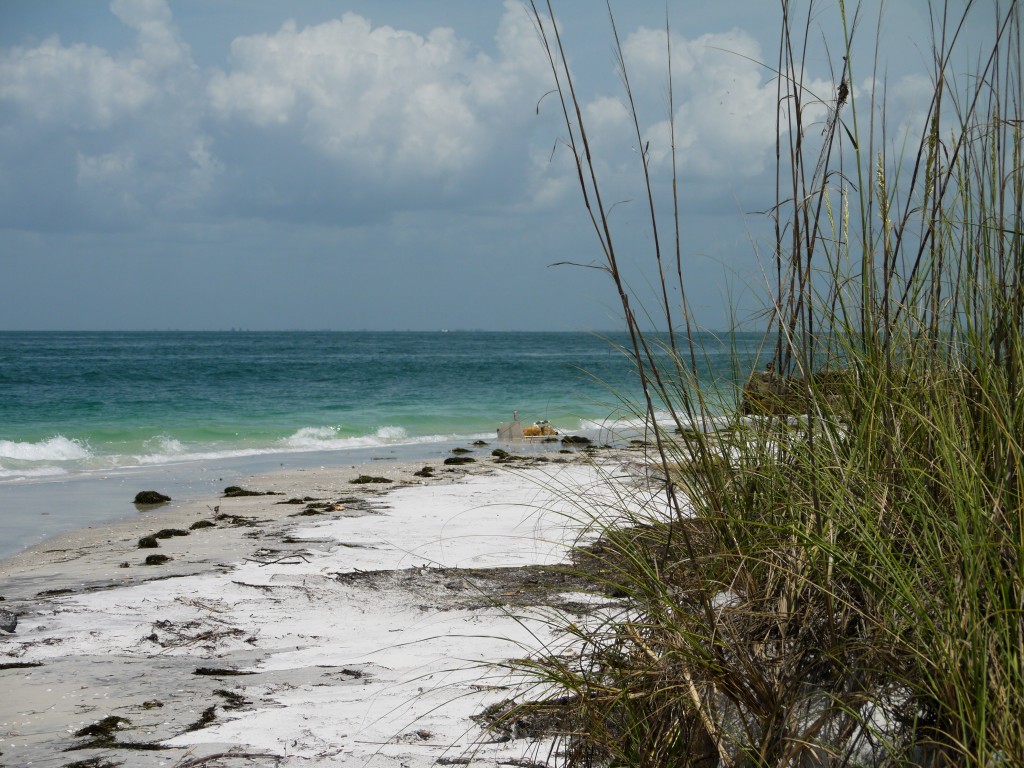
Jumping off the boat, I waded in and looked around. There were many other boats anchored along the shore, and a small ferry shepherding passengers from the mainland out to the key. The real stars of the island though were the continuously diving Sandwich Terns – one of the island’s breeding species. They were dive-bombing tiny fish on the water’s surface, ruffling and shaking their feathers to dry themselves before diving again. Though all terns look similar, Sandwich Terns are easy to identify by their black bills with bright yellow tips. I saw my first breeding colony of terns back in March when I visited the Dry Tortugas to band Sooty Terns, and now I was seeing the nesting habitat of the Sandwich Terns as well.

Following the trails around the key, we came upon the lighthouse and continued along the paths across the beaches and further military storage areas or small living spaces. A Gopher Tortoise made its way slowly across the vegetation of the forest floor, and Snowy Egrets gracefully walked through the waves curling gently along the beach. It was hot, but the light ocean breeze kept me comfortable as I explored part of the island.
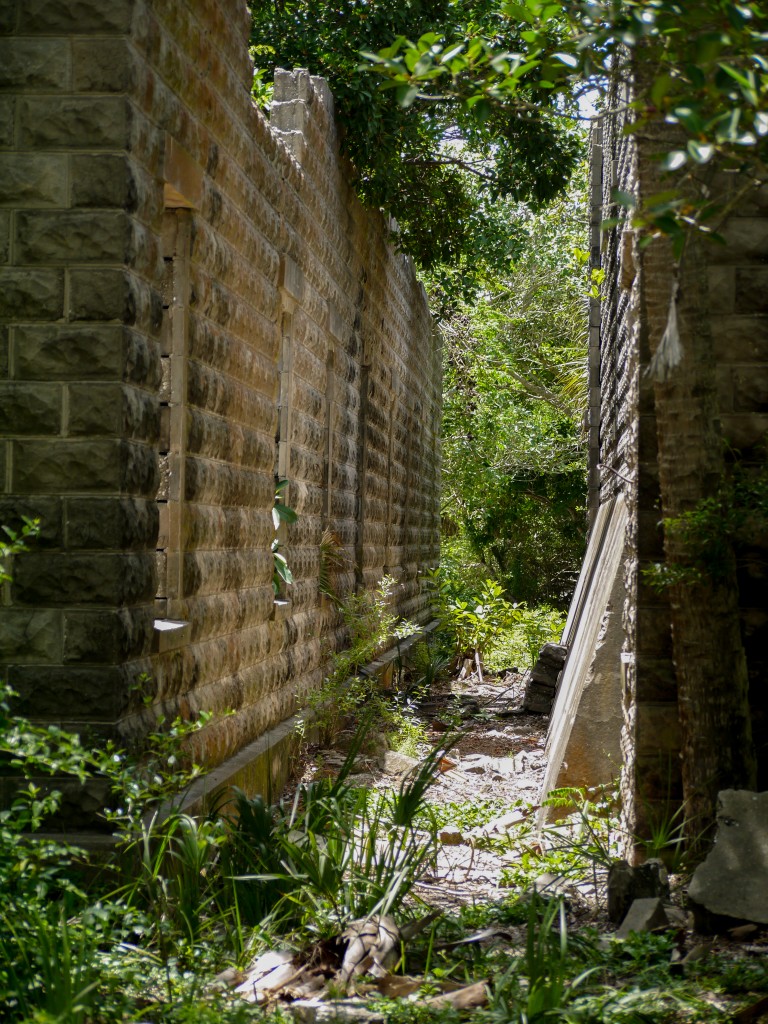
As we continued walking, we found ourselves alone and far from the other visitors. On one side of the key, long grass waved in the wind, set against a backdrop of that beautiful ocean blue. It was beautiful, and we had it all to ourselves!

As always, eventually we had to head back to the boat and back to the campsite. The more wildlife refuges I visit this summer, the more I want to see. There are currently 560 refuges and 38 wetland management districts, so I have a long way to go to see them all!
